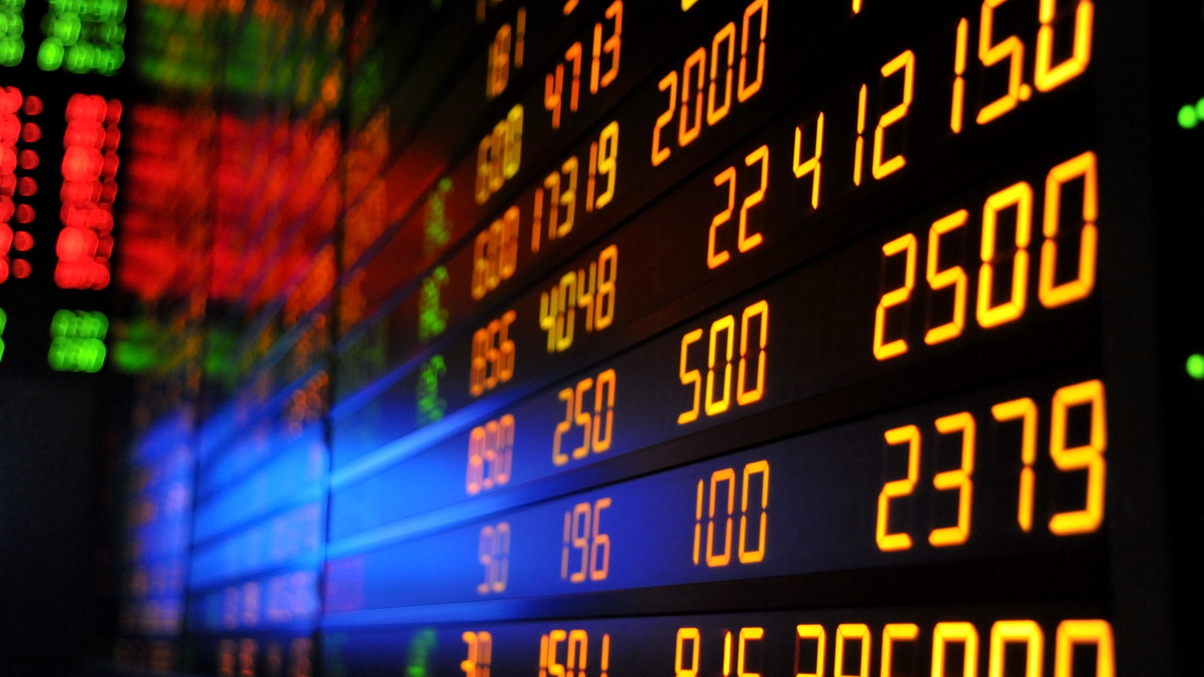Ashmore dissects emerging market exodus
Hedge funds, urged by banks to buy big into EM debt ahead of Japanese institutions, were left high and dry, says the UK fund house's co-head of research.

Hedge funds were the biggest sellers in the exodus from emerging market debt this summer, after expected Japanese investor flows into the asset class never materialised, according to EM-focused fund house Ashmore.
Sign in to read on!
Registered users get 2 free articles in 30 days.
Subscribers have full unlimited access to AsianInvestor
Not signed up? New users get 2 free articles per month, plus a 7-day unlimited free trial.
¬ Haymarket Media Limited. All rights reserved.


